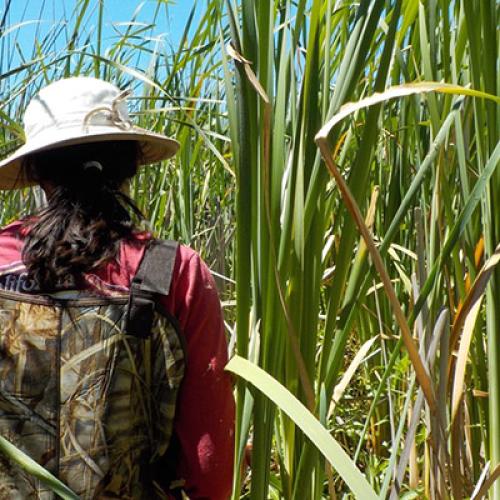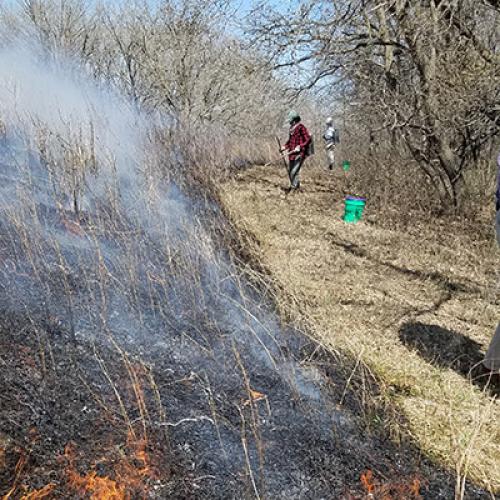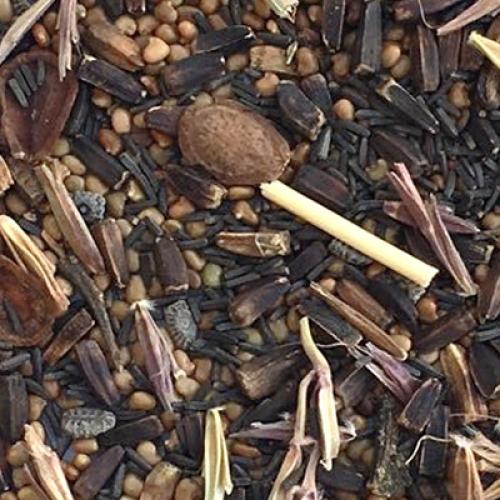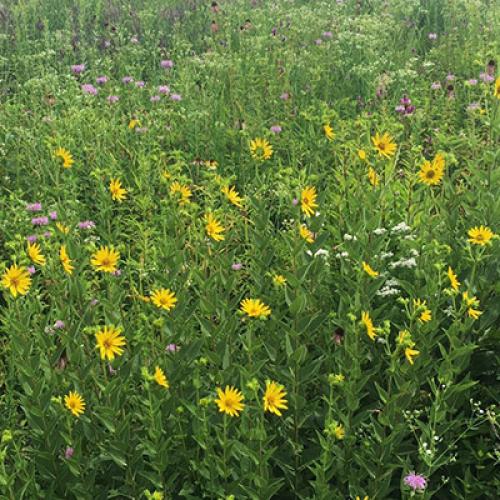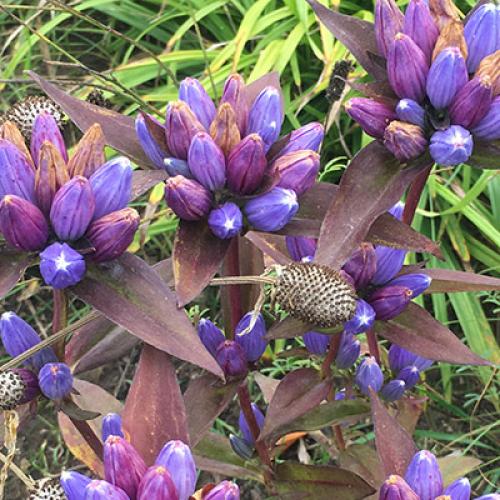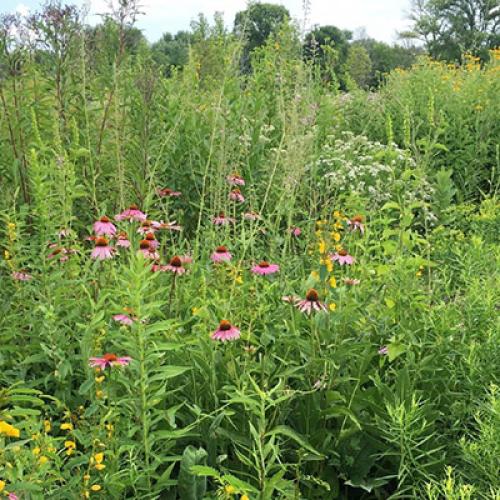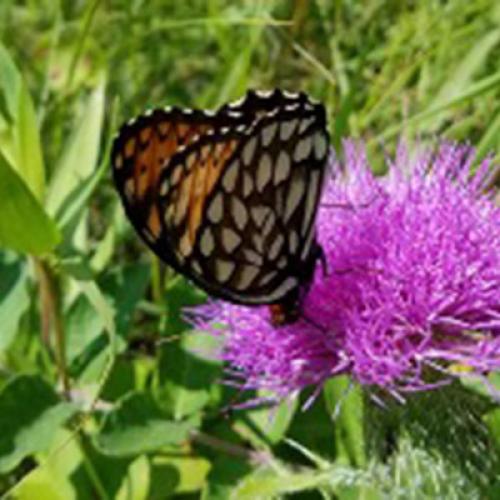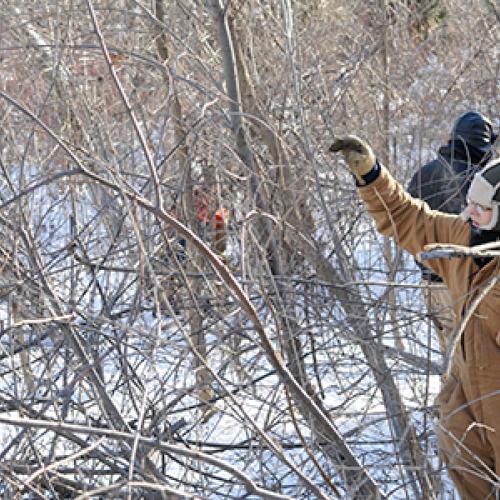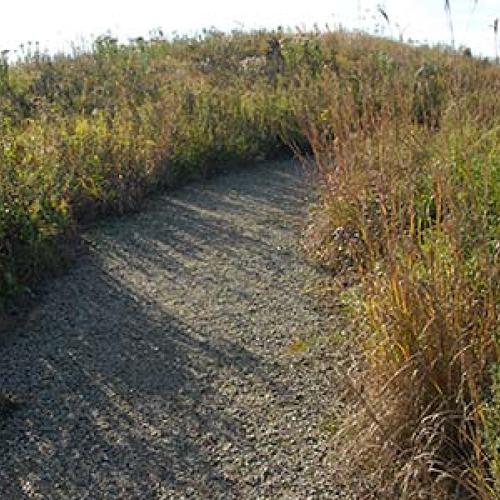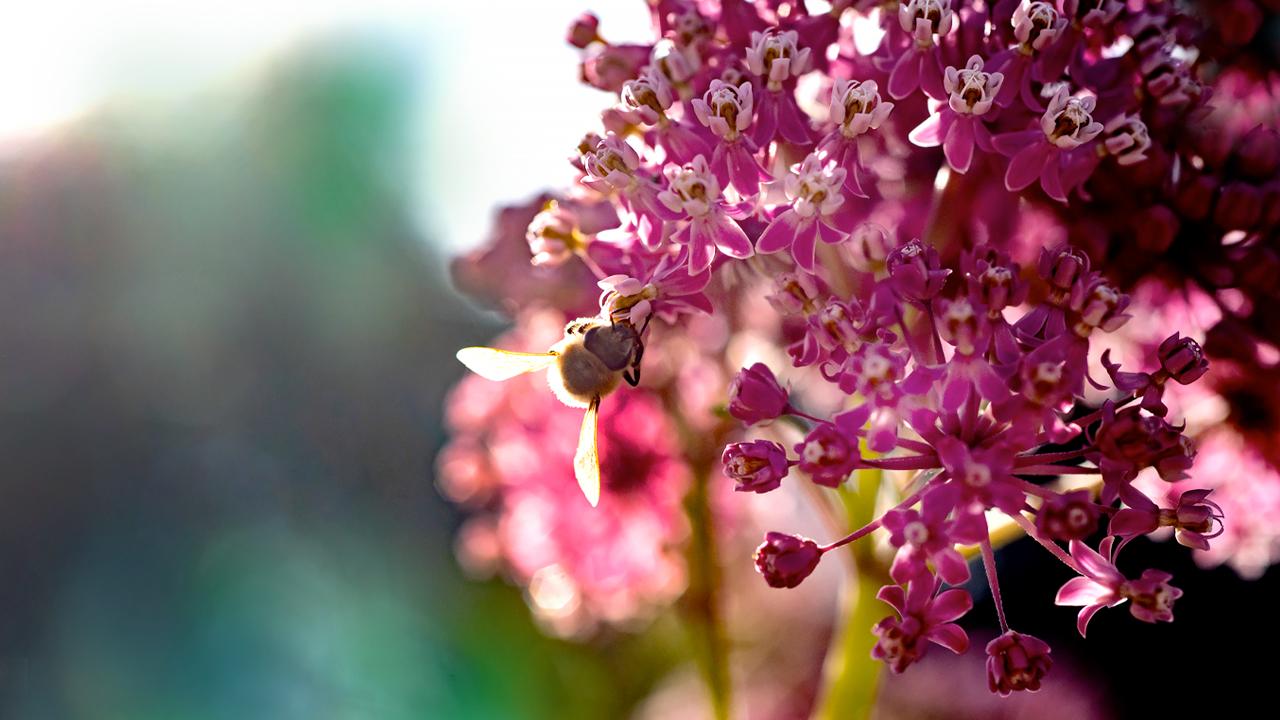
Restoring native habitats such as tallgrass prairie, deciduous woodlands, and wetlands is a core element in our research and action efforts. Central to the success of restoration, is solid science that guides the identification of restoration best practices. Thus, our focus is on the science of conservation and restoration.



